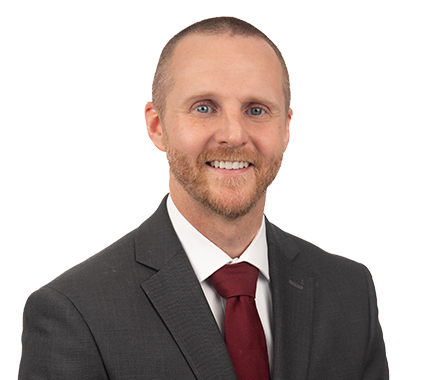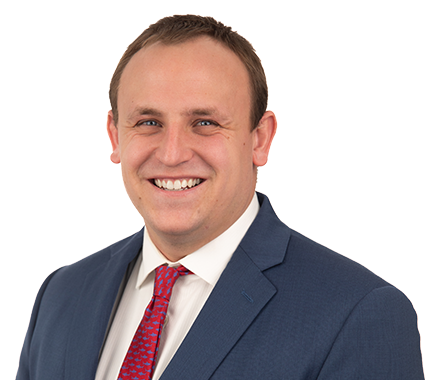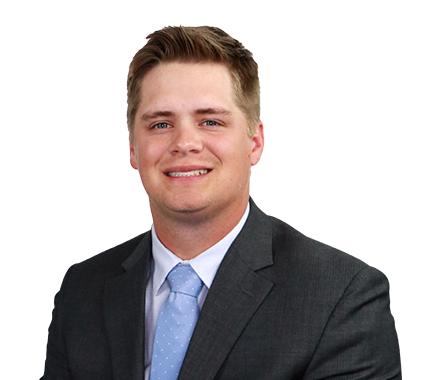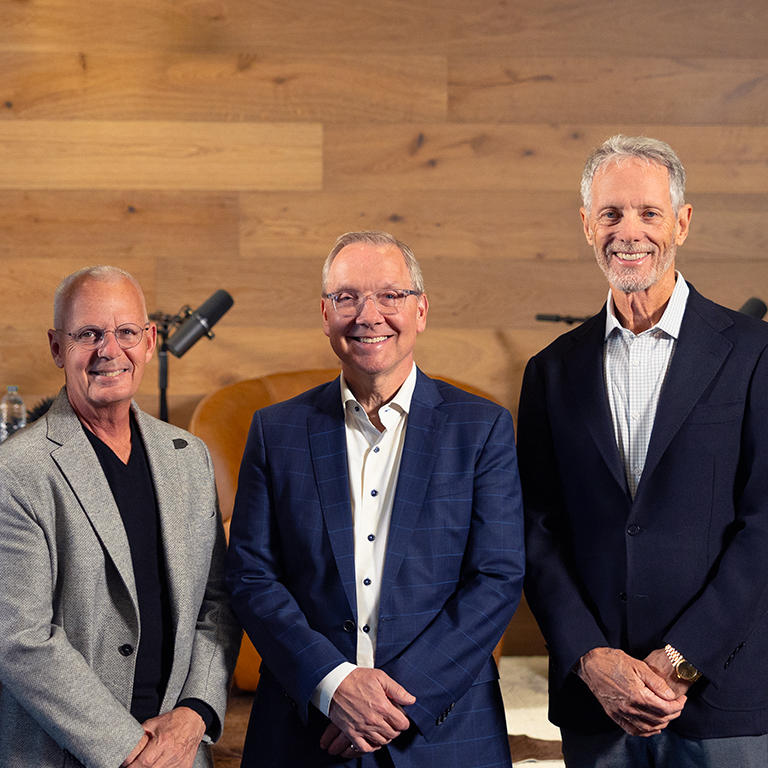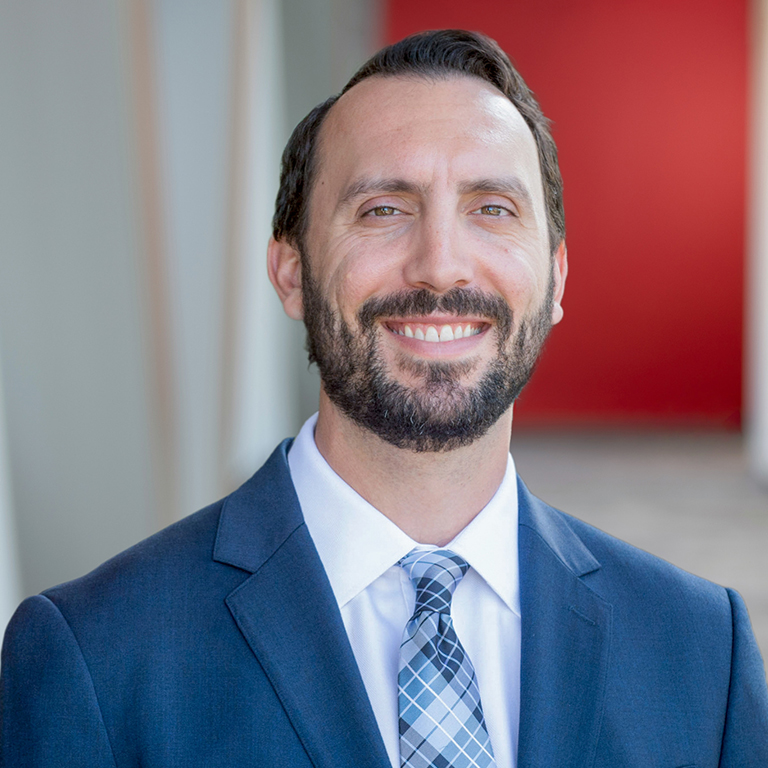One of the pillars of a sound financial plan is the accumulation of an emergency fund.
Depending on whose advice you’re receiving, an emergency fund will mean different things; however, most financial advisors recommend having three to six months’ worth of average living expenses set aside in case of emergencies.
That amount may be excessive or insufficient for your specific situation, but either way, it’s equally important to make the most of your money by maximizing your emergency fund.
Determining the right amount for your emergency fund
As an example, those with income that is highly dependent upon commissions may not be able to live off six months of expenses in the event of a significant business slowdown — but if you have a high-earning partner or multiple streams of income, three months may be plenty.
The most important thing is that you determine the appropriate amount for your specific situation based on your monthly expenses, your income sources, and the potential for how quickly you can get back on your feet. For extra help figuring it all out, try this emergency fund calculator.
Now, you may be thinking, “That’s an insane amount of money to have sitting around!” And you’re not wrong, but we believe having those funds available in the event that they’re needed is better than other potential options.
Having a significant emergency fund can get you through a rough economic or income patch without having to take out loans or early withdrawals from retirement accounts, incur credit card debt, or be forced to sell other assets in a bad market cycle.
Setting up and maximizing your emergency fund
After you’ve established the right amount based on your financial needs, there are two primary things to consider when setting up your emergency fund:
First, keep your emergency fund separate from your everyday checking or savings account. This will ensure that you’re not dipping into those reserves for typical monthly expenses.
Having a specific account for these funds creates a bit of friction, which will hopefully lead you to access it only when absolutely necessary — and not just because the impulse-purchase bug has bitten.
Second, you should pick an account type that will generate some additional yield without any significant risk of loss.
The best options for maximizing your emergency fund include a savings account or checking account, money market accounts, or taxable investment accounts; these are all relatively safe investments and great ways to make extra money, allowing you to grow your emergency fund while keeping it easily accessible should you need it.
That being said, it may be worth your while to revisit your account type and cash vehicle down the road. Given the historically swift interest rate increases in the past 12 months, significant assets have flowed into money market accounts — but if interest rates decrease in the future, there might be better options to consider.
If you’d like help building and maximizing your emergency fund, send us a note; our experienced Wealth Advisors would be happy to assist you with your emergency fund needs, including opening a money market account!
